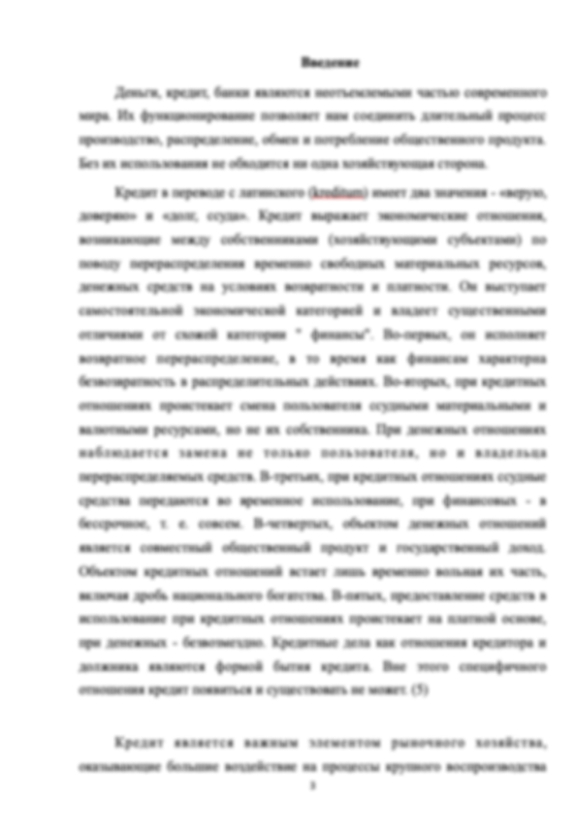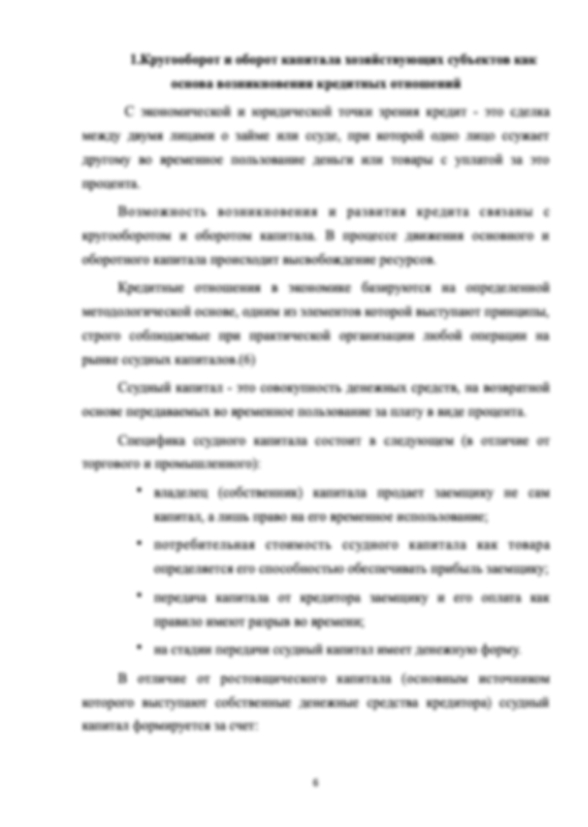В очередной раз спасибо!
Информация о работе
Подробнее о работе

Macrostructures and Macrostrategies in Terms of Discourse Analysis
- 29 страниц
- 2020 год
- 16 просмотров
- 0 покупок
Гарантия сервиса Автор24
Уникальность не ниже 50%
Фрагменты работ
The term “Discourse” denotes spoken and written language. It is a concept which depicts context of communication and interaction between each modality. Discourse showcases “a body of series, of signs.” They are enouncements, i.e., statements, in a conversation. Discourse is a stable construct which allows the semiotic signs to assign different meanings. It also allows them to communicate to and between different subjects, objects, and statements.
A discourse is thus, a composition of semiotic series among and between different subjects, objects, and statements. There are interrelations amongst the content of a given discourse so, similarly, there exist interrelations amongst discourses.
Discourse analysis is also known as discourse studies. It is a general term used for some approaches to analyze vocal, written or sign language use or any semiotic event. All these are objects of discourse analysis like writing, and communication are defined concerning rational sequences. These sequences include courses of speech, sentences, prepositions or turns at talk. In discourse analysis, you not only study the use of language but, you also analyze ‘naturally occurring’ language use. It aims at showcasing socio-psychological characteristics of a person rather than its text structure.
Several disciplines in the humanities and the social sciences have recently shown an increasing interest in the study of discourse. The study of discourse became relevant in particular as soon as it was recognized, also around 1970, that language studies should not be restricted to the grammatical analysis of abstract or ideal language systems, but, rather, that actual language use in the social context should be the empirical object of linguistic theories. Thus, sociolinguistics not only became interested in the study of social variation of language use, but also paid increasing attention to various forms of language use, such as verbal dueling and storytelling.
This general tendency toward a study of naturally occurring speech could also be observed in microsociology, where the ethnomethodological attention paid to everyday interaction soon focused on conversational interaction as well. In fact, conversation analysis soon became so popular that it virtually was identified with discourse analysis, and its influence in recent linguistics has been considerable.
At the moment, it is hard to make strict disciplinary distinctions within the study of discourse, which seems to emerge more and more as an independent, interdisciplinary field, in which purely linguistic or grammatical methods and theories mingle with those from ethnography, microsociology and from psychology.
Many models of language and language use, both in linguistics and in psychology, account for linguistic objects in terms of the levels of morphonology, syntax, semantics, and pragmatics. Although such a level-by-level description may be relevant in a more abstract analysis, it does not seem particularly relevant from the point of view of processing models. One of the major assumptions has been that in a cognitive model of discourse understanding and production. Thus, semantic interpretation does not simply follow full syntactic analysis, but may already occur with an incomplete surface structure input, whereas further syntactic analysis may use information from the semantic and pragmatic levels.
Introduction
Part 1. Strategy in terms of Discourse
Part 2. Macrostrategies
2.1 Macrostructures
2.1.1 Macrostructures and discourse understanding
2.1.2 The Linguistic and Cognitive Reality of Macrostructures
2.1.3 Macrostructures as an Organizational Device
2.1.4 Contextual macrostrategies
2.1.5 Textual macrostrategies
Conclusion
Sources
Индивидуальный проект по предмету "Дискурсивный Анализ" на тему "Macrostructures and Macrostrategies in Terms of Discourse Analysis" на английском языке. Также прилагается опорный конспект и презентация.
Сдан в марте 2020 года, департамент иностранных языков НИУ ВШЭ. Полученная оценка - отлично (10 по системе ВШЭ).
1. Ballstaedt. S. P., Mandl. H., Schnotz. W.. & Tergan, S. O. (1981) Texte verstehen, Texte gestalten Munich: Urban & Schwarzenbere.
2. Bever, T. G. (1970). The Cognitive Basis for Linguistic Structures. In J. R. Hayes (Ed.), Cognition and the Development of Language (pp. 279-362). New York: John Wiley.
3. Bransford, 1., & Johnson. M. K. (1978) Contextual prerequisities for understanding: Some investigations of comprehension and recall. Journal of Verbal Learning and Verbal Behavior, 1972, I l. 717-736. Brazil, D. Discourse intonation. Ph.D. dissertation. University of Birmingham.
4. Carbonell, J. G., Jr. (1978) POLITICS: Automated ideological reasoning. Cognitive Science, Z, I-I5. Carbonell, J. G., Jr. (1981) Metaphor comprehension. Technical Report, Department of Computer Science, Carnegie-Mellon University.
5. Coulthard, M., & Montgomery. M. (1981). Studies in discourse analysis. London: Routledge & Kegan Paul
6. Den Uyl & van Oostendorp (1980) The use of scripts in text comprehension
7. Franck. D. (1980) Gammatics and Conversation. Konigstein, Ts.: Scriptor.
8. Jefferson, G. (1978) Sequential aspects of storytelling in conversation. New
York: Academic Press.
9. Kintsch, W., Mandel, T.S. & Kozminsky, E. (1977) Summarizing scrambled
stories. Memory & Cognition 5, 547–552.
10.Labov, W. (1972). Sociolinguistic patterns. Philadelphia: University of
Pennsylvania.
11.Sacks, Harvey & Schegloff, Emanuel & Jefferson, Gail. (2015). A Simplest
Systematics for the Organization of Turn-Taking for Conversation.
Sotsiologicheskoe Obozrenie / Russian Sociological Review. 14. 142-202. 12.Schenkein, J. (1978). Studies in the Organization of Conversational
Interaction. New York: Academic Press.
13.Sudnow, D. (1972). Studies in social interaction. New York: Free Press.
14.Thorndyke, P. W. (1977). Cognitive structures in comprehension and memory of narrative discourse. Cognitive Psychology, 9, 77-110.
15.Van Dijk T.A., Kintch W. (1983) Strategies of Discourse Comprehension. N.Y .
16.Williams, J. P. Taylor, M. B. & Ganger, S. (1981) Text variations at the level of thc individual sentence and the comprehension of simple expository paragraphs. 73. 851-865.
Форма заказа новой работы
Не подошла эта работа?
Закажи новую работу, сделанную по твоим требованиям


